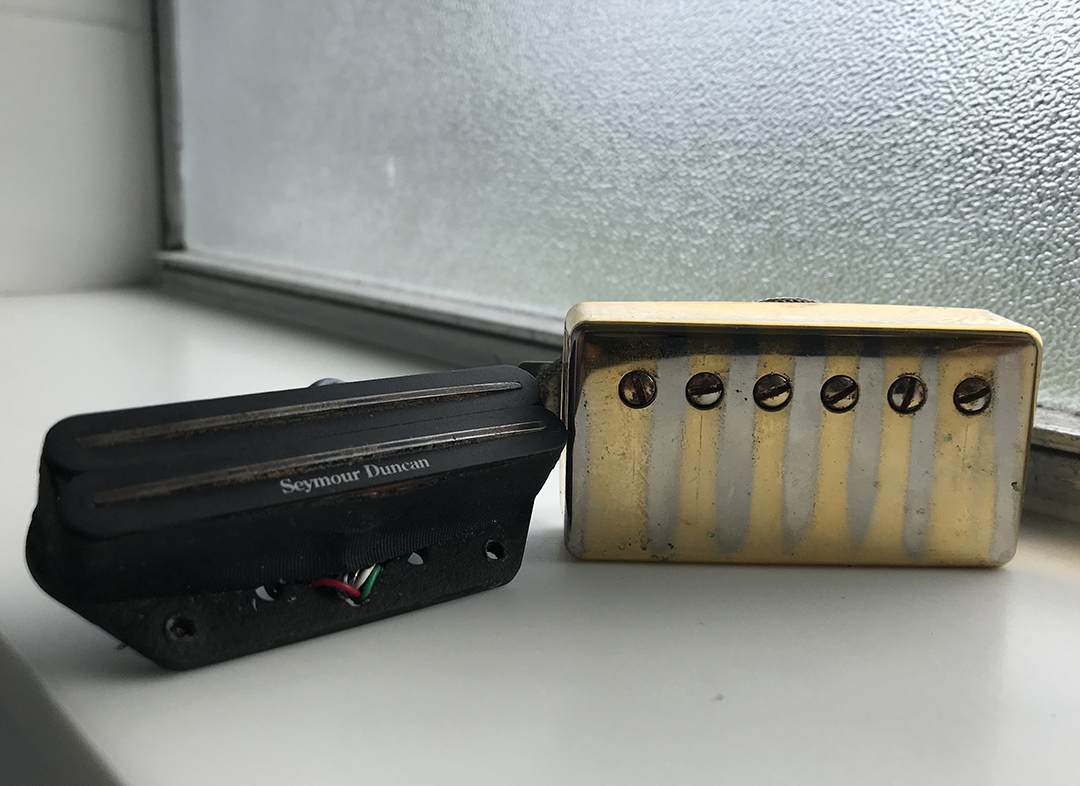2 the moving magnet cartridge.
Ceramic vs moving magnet.
It has two magnets on the end of the stylus one for each channel located inside of the cartridge itself.
They are composed of iron oxide and strontium carbonate.
While their hard brittle quality and low energy exclude them from some applications ceramic magnets have won wide acceptance due to their corrosion and demagnetization.
What is a ceramic magnet ceramic magnets also known as ferrite magnets were developed in the 1960 s as a low cost alternative to metallic magnets.
As the stylus moves the magnets change their relationship with the coils in the body of the cartridge which generates a small voltage.
A moving coil mc design works in the opposite way by allowing the cantilever to vibrate coiled wires near fixed magnets.
A moving magnet mm cartridge is the most common type of phono cartridge.
Magnetic cartridges moving coil and moving magnet work on this principle.
This video features a sound test of ceramic and magnetic turntable pickup cartridges.
This type works completely different than the ceramic cartridge.
In high fidelity systems crystal and ceramic pickups have been replaced by the magnetic cartridge using either a moving magnet or a moving coil.
The two coils are attached to the cantilever and move within the field of a fixed permanent magnet to form the electrical generator.
Ceramic cartridge underside view showing stylus cartridge type no.
Hence the terms moving magnetic and moving coil.
I also feature a sound test of the tronsmart bluetooth speaker.
Compared to the crystal and ceramic pickups the magnetic cartridge usually gives improved playback fidelity and reduced record wear by tracking the groove with lighter pressure.
If you are interested in any of our products please feel free to contact us.
The grooves cause the stylus to vibrate which disrupts the magnetic field and generates an electric signal in the wire coils.
Unlike a ceramic cartridge the back end of the stylus in a magnetic cartridge is not embedded in a block of material.

